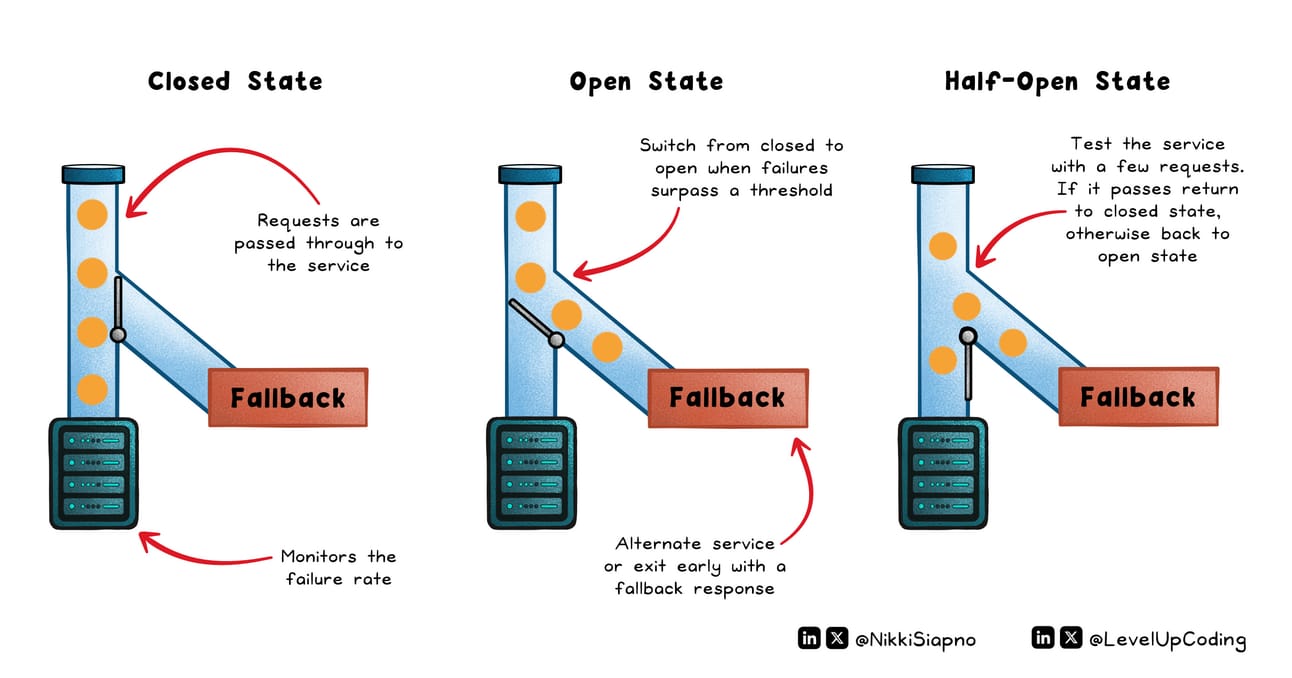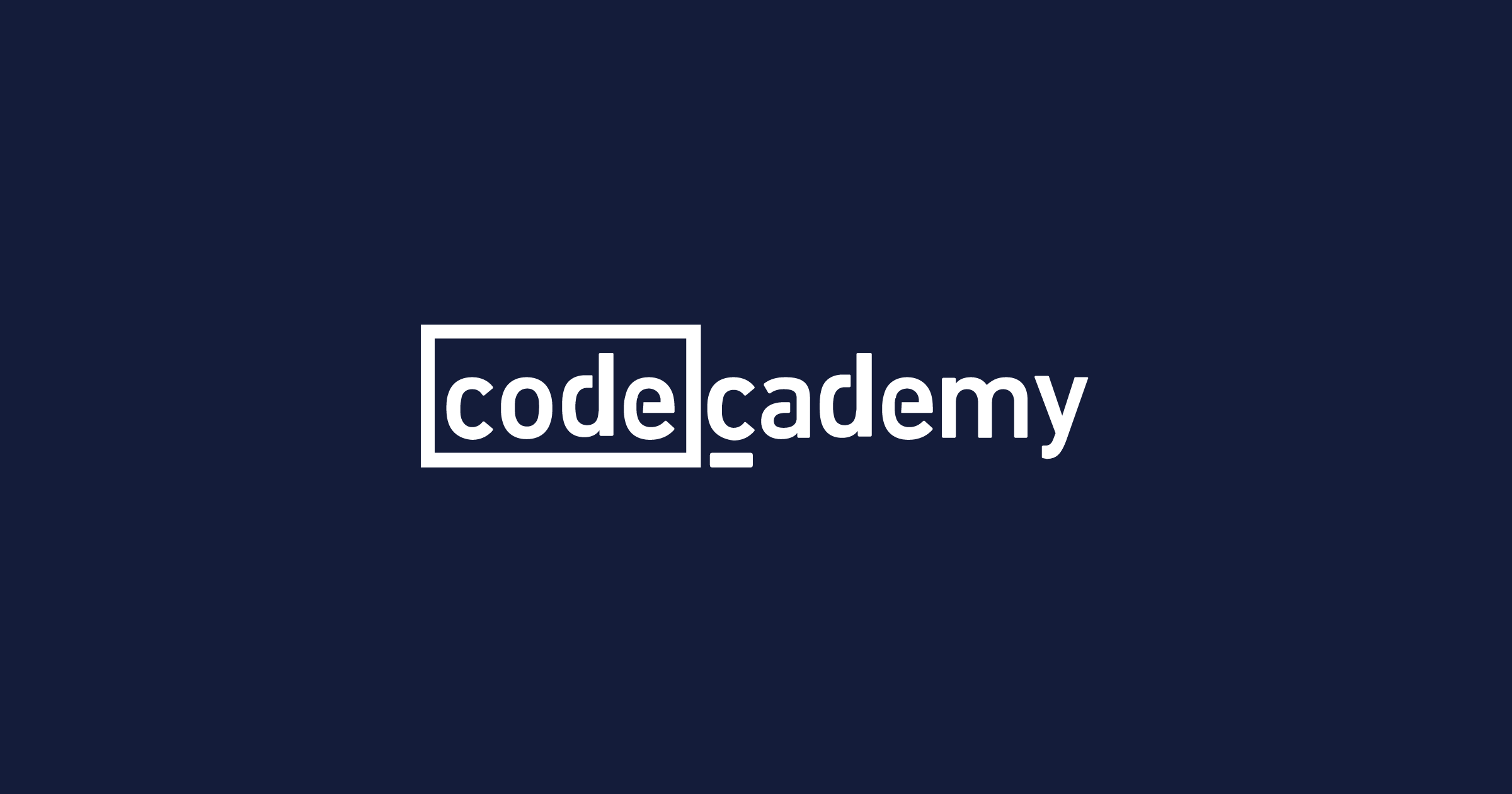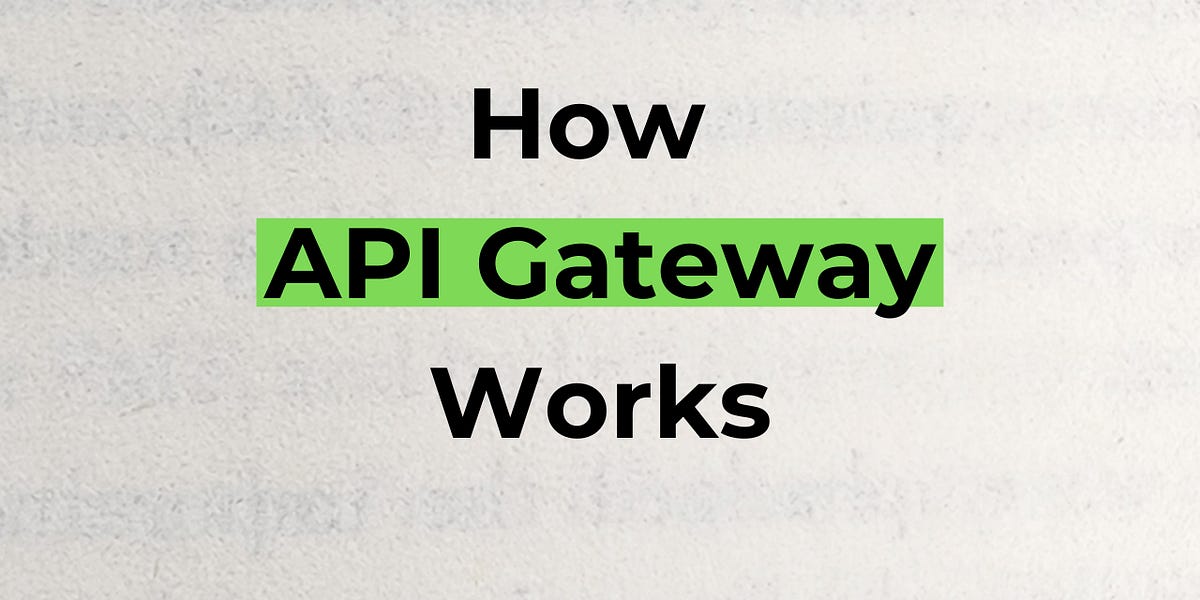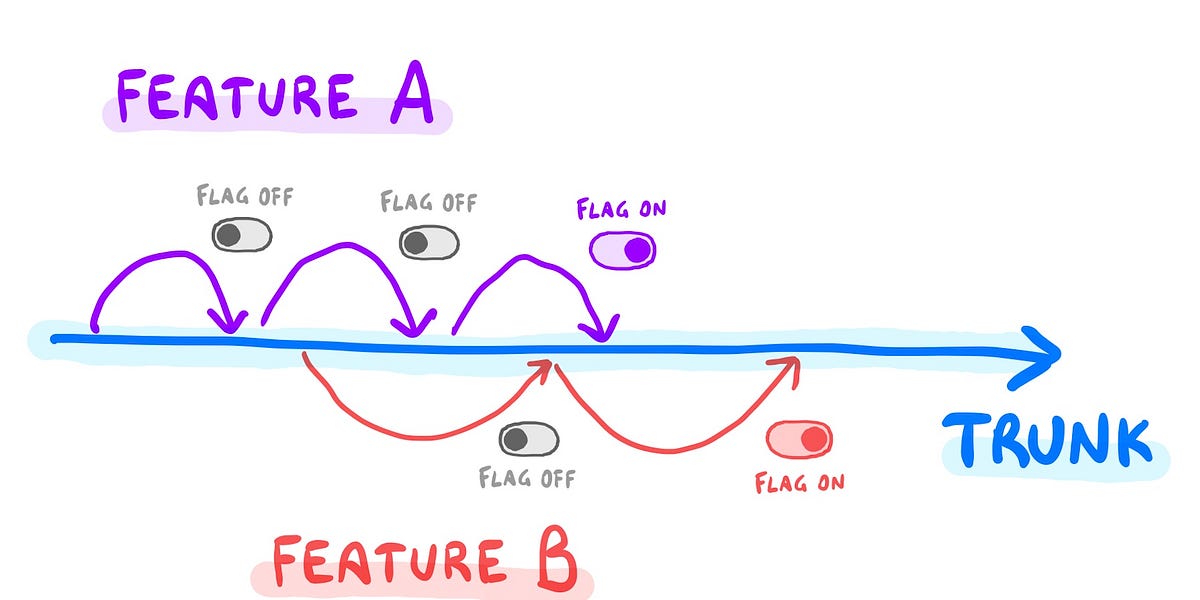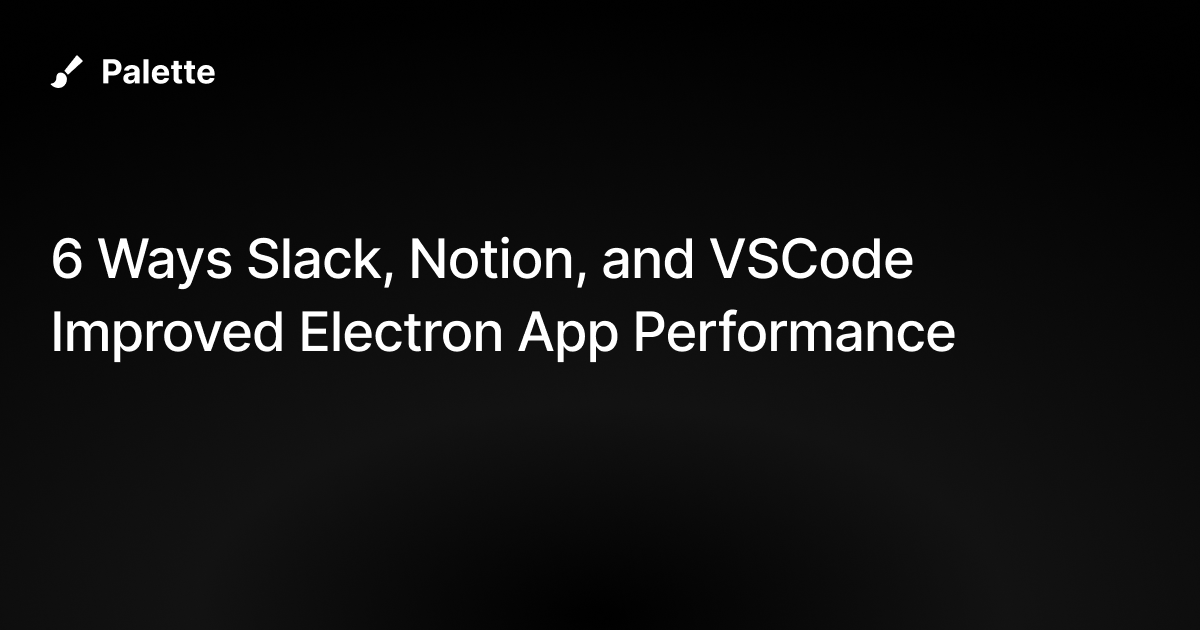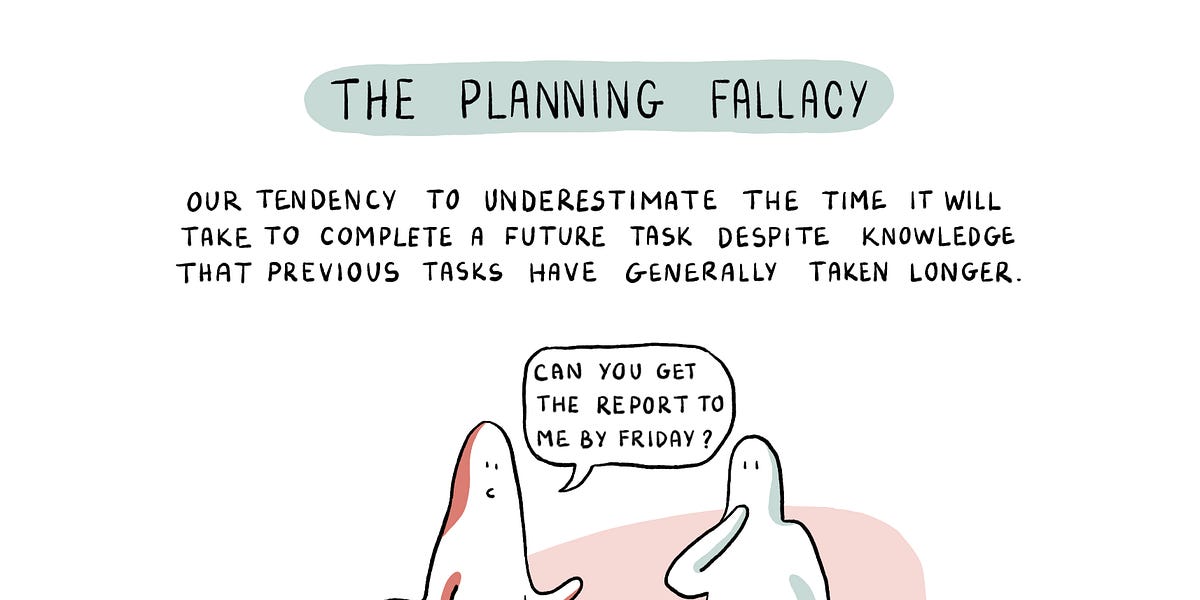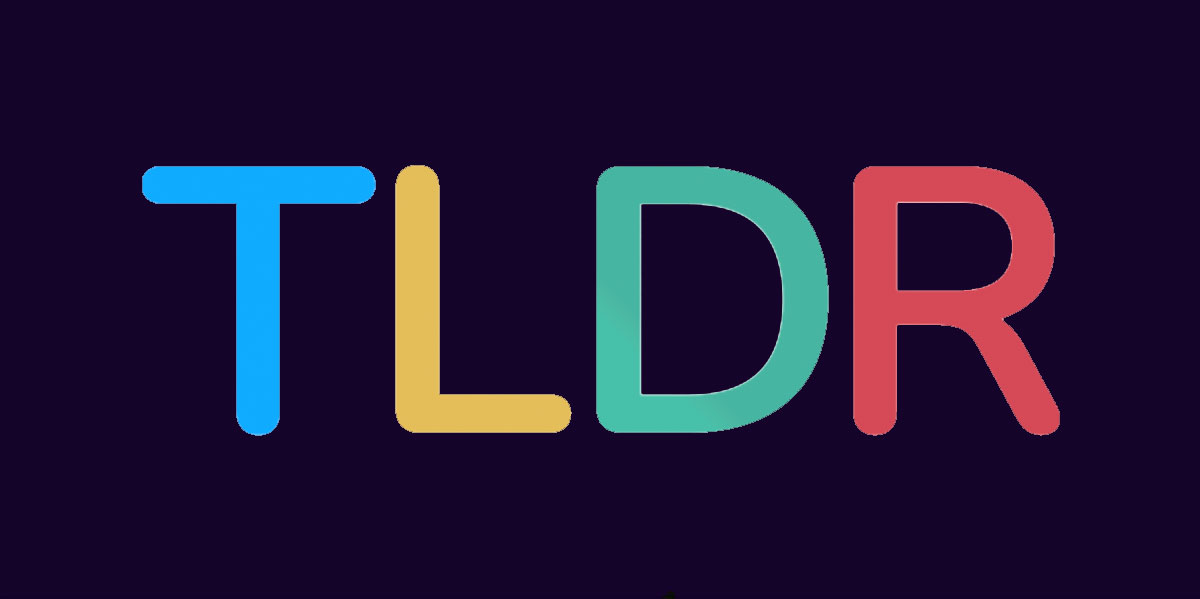
Happy Monday! ☀️
Welcome to the 402 new hungry minds who have joined us since last Monday!
If you aren't subscribed yet, join smart, curious, and hungry folks by subscribing here.

📚 Software Engineering Articles
Hands-on learning is the best way to grow as an engineer
Understand circuit breakers to prevent cascading failures in systems
Feature flags unlock safer deployments and controlled experiments
Discover how medium code is reshaping software development
NASA leverages graph technology with LLMs for knowledge management
Electron app performance boost with 6 proven techniques
🗞️ Tech and AI Trends
Tesla's robotaxi service launches June 12 in Austin
OpenAI's ChatGPT to become universal login provider
Perplexity's new tool generates spreadsheets and dashboards automatically
👨🏻💻 Coding Tip
BRIN indexes in PostgreSQL optimize timestamp queries with minimal storage overhead
Time-to-digest: 5 minutes
Big thanks to our partners for keeping this newsletter free.
If you have a second, clicking the ad below helps us a ton—and who knows, you might find something you love. 💚
Looking to stand out in a competitive job market? Codecademy can help you build in-demand technical skills and prepare for top industry certification tests from AWS, Microsoft, CompTIA, and more.
Hungry Minds readers can save 15% on a year of Codecademy Pro and get access to:
600+ interactive courses
Step-by-step career guidance
Industry certification prep
Try hands-on learning and get ready to unlock new career opportunities — just use code SKILLUP15 at checkout for 15% off

Uber Eats faced a massive challenge: scaling their search infrastructure to support exponential merchant growth across restaurants, groceries, and retail. They needed to handle billions of daily queries while maintaining sub-second latency and search relevance across all discovery surfaces.
The challenge: Balance massive scale with search quality while keeping latency low - early attempts to increase selection caused 4x spikes in query latency.
Implementation highlights:
Dual sharding strategy: Combined latitude and hex-based sharding for better load distribution and query locality
ETA-aware indexing: Introduced time-based range buckets to optimize delivery-time-sensitive searches
Vertical-specific layouts: Optimized document organization differently for restaurants vs groceries based on usage patterns
Parallel query execution: Split searches into concurrent sub-queries across ETA buckets
H3 spatial indexing: Used hexagonal grid system for efficient geospatial queries and delivery zone mapping
Results and learnings:
60% lower latency: Optimized index layouts dramatically reduced retrieval time
50% P95 improvement: Better sharding and query parallelization smoothed out performance spikes
20% smaller indexes: Smart document organization led to better compression
Building search at scale requires careful attention to how data is organized, sharded, and accessed. Uber Eats shows that sometimes the biggest performance gains come from storage patterns rather than fancy algorithms.
Remember: A search engine is like a librarian - it doesn't matter how many books you have if you can't find them quickly when someone asks!

ARTICLE (medium-rare code)
The Rise Of Medium Code
ARTICLE (struggling like a pro)
Good Struggle vs Bad Struggle
ESSENTIAL (commit like a rockstar)
The Perfect Commit
GITHUB REPO (AI but broke-friendly)
Fully Local Manus AI
GITHUB REPO (quant go brrr)
Qlib is an AI-oriented Quant investment platform
ARTICLE (React goes zoooom)
Concurrent Rendering
ARTICLE (Claude trades stocks now)
Trading with Claude
ARTICLE (particle party in your GPU)
Particle Life simulation in browser using WebGPU
ARTICLE (AI won’t save your bad code)
The Hidden Cost of Skipping the Fundamentals in the Age of AI
ARTICLE (NASA’s LinkedIn but smarter)
How NASA is Using Graph Technology and LLMs to Build a People Knowledge Graph
Want to reach 180,000+ engineers?
Let’s work together! Whether it’s your product, service, or event, we’d love to help you connect with this awesome community.

Brief: OpenAI is testing a new login system that would let users access third-party apps with their ChatGPT credentials, potentially competing with tech giants like Google and Apple in the identity management space.
Brief: Elon Musk’s xAI will pay $300M to integrate its Grok chatbot into Telegram, offering features like chat summaries, content generation, and search assistance, with revenue-sharing for the platform.
Brief: Apple is shifting from version numbers to year-based naming for its OS lineup, starting with "iOS 26," "macOS 26," and "watchOS 26," to simplify branding and align with a major software redesign debuting at WWDC.
Brief: Tesla is targeting a June 12 launch for its robotaxi service in Austin, marking a critical step in Elon Musk’s push to pivot the company toward autonomous vehicles and AI-driven mobility.
Brief: Perplexity’s new Labs tool lets Pro subscribers create AI-generated reports, dashboards, and spreadsheets—expanding its push beyond search into productivity.
Brief: Hugging Face unveils two new open-source humanoid robots, the HopeJR and Reachy Mini, as part of its push into robotics, with plans to ship units by year-end.

This week’s coding challenge:
This week’s tip:
Use a BRIN (Block Range INdex) in PostgreSQL for efficient indexing of naturally ordered data like timestamps or sequential IDs. BRIN indexes store metadata about value ranges in consecutive physical blocks, making them extremely space-efficient compared to B-tree indexes.

Wen?
Time-series data: Perfect for tables where timestamps are correlated with physical storage order.
Log analytics: Efficient for querying ranges in append-only logging tables with billions of rows.
Data archival: Ideal for historical data where exact seek performance isn't critical but space efficiency is paramount.
“The real art in learning takes place as we move beyond proficiency, when our work becomes an expression of our essence.”
Josh Waitzkin


That’s it for today! ☀️
Enjoyed this issue? Send it to your friends here to sign up, or share it on Twitter!
If you want to submit a section to the newsletter or tell us what you think about today’s issue, reply to this email or DM me on Twitter! 🐦
Thanks for spending part of your Monday morning with Hungry Minds.
See you in a week — Alex.
Icons by Icons8.
*I may earn a commission if you get a subscription through the links marked with “aff.” (at no extra cost to you).


